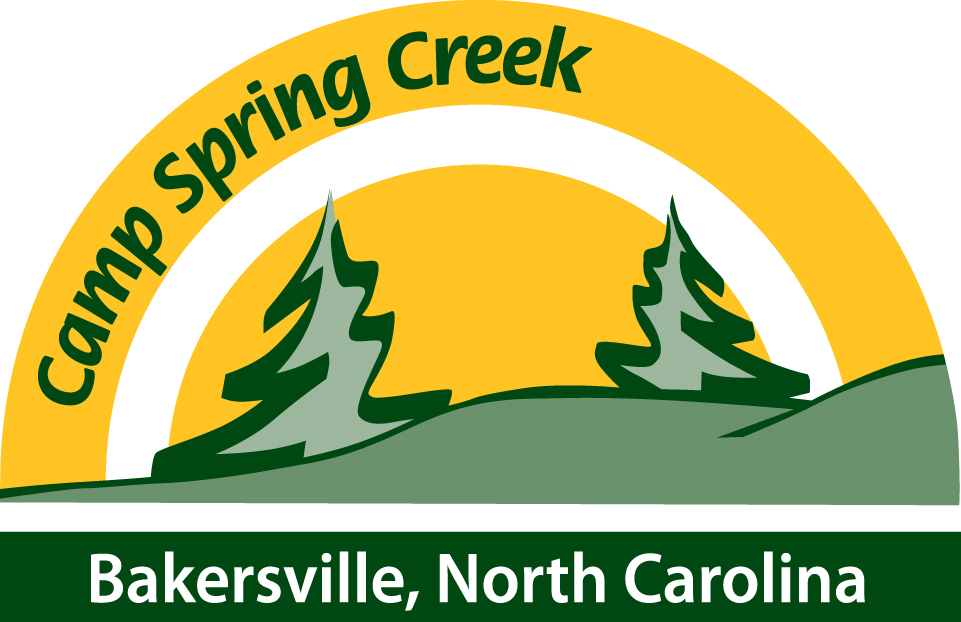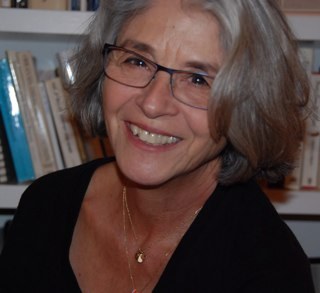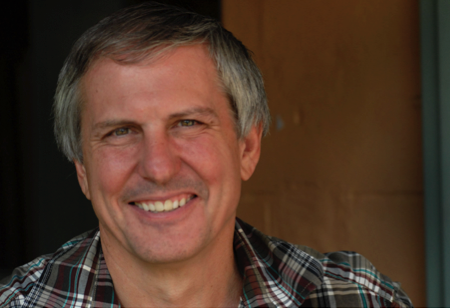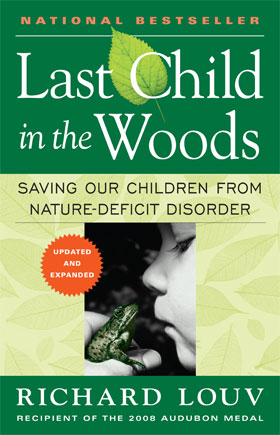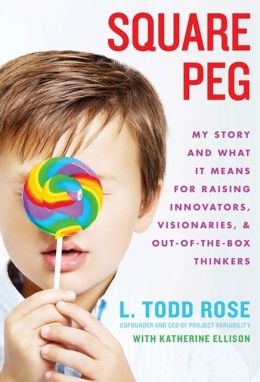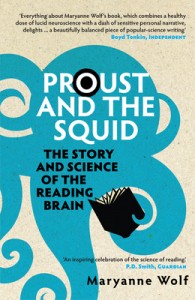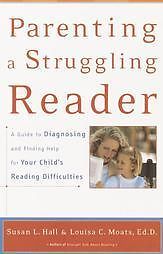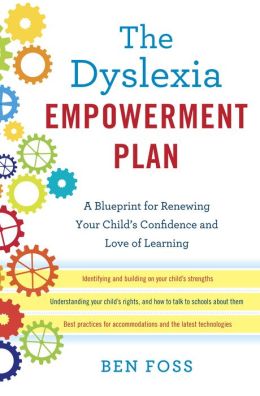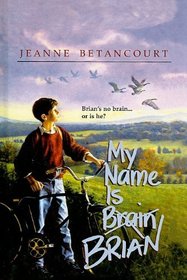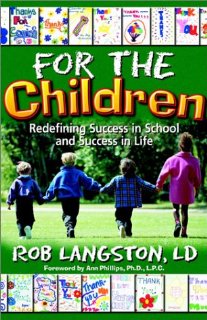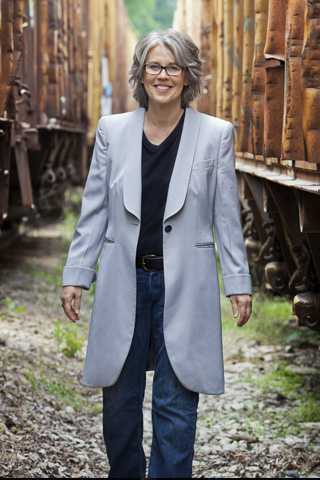 Today’s interview features author and inspiring individual Amanda Kyle Williams. Amanda is the author of the The Stranger You Seek, Stranger In The Room and Don’t Talk To Strangers (July 1st). The Random House thriller series is set in Atlanta and features former FBI criminal analyst turned private investigator and police consultant, Keye Street. Williams was diagnosed with dyslexia at age 22 and read her first book at 23 years old. The journey from struggling to read to becoming a full time writer is one she now speaks about publicly in hopes her story will inspire others with learning differences.
Camp Spring Creek: Many people hear the word “dyslexia” and the last thing they think is “accomplished writer.” How do you respond to this preconception? Are there tools or techniques you employ as a writer with dyslexia that you find especially assistive?
Today’s interview features author and inspiring individual Amanda Kyle Williams. Amanda is the author of the The Stranger You Seek, Stranger In The Room and Don’t Talk To Strangers (July 1st). The Random House thriller series is set in Atlanta and features former FBI criminal analyst turned private investigator and police consultant, Keye Street. Williams was diagnosed with dyslexia at age 22 and read her first book at 23 years old. The journey from struggling to read to becoming a full time writer is one she now speaks about publicly in hopes her story will inspire others with learning differences.
Camp Spring Creek: Many people hear the word “dyslexia” and the last thing they think is “accomplished writer.” How do you respond to this preconception? Are there tools or techniques you employ as a writer with dyslexia that you find especially assistive?
Amanda Kyle Williams: First of all, the perception that dyslexia is a disability creates more hurdles for a person with dyslexia than dyslexia itself. It’s a learning difference. That’s all. Apart from difficulties with the written word, we have learned that people with dyslexia are critical thinkers who think and perceive multi-dimensionally. Dyslexics have the gift of imagination, of intuition, of curiosity, and acute visual awareness and memory. Other writers sometimes ask me how I can write with dyslexia, and I always think; how can you write without it? Dyslexia isn’t a deal breaker. It comes with challenges, yes, but it comes with gifts as well. For me personally, dyslexia gave me a way of listening, of hearing, of finding the rhythm and music in the spoken word. Long before I had learned to read, I was a student of language, a mimic, a listener. This would serve me well as a writer of dialogue later in life. And when I was finally given the tools to learn to read, when I was told for the first time that it wasn’t intelligence I lacked, I began to discover literature and it was transformative. I had found that same music in books and words that I’d heard all my life.
Yes, I will always, always be a slow reader. Sometimes that means I’m a slow learner. But I’m a thorough one. And because I am so visual, I see my work in pictures as I write, in scenes—something else that serves me well. I want to be very clear. I wasn’t suffering from dyslexia before I was diagnosed. I was slamming into walls erected by a system that didn’t understand or accommodate for it. Dyslexia isn’t my burden. It’s my gift. All gifts come with responsibilities and challenges. What I want to say to everyone who has struggled to learn, struggled with the perception of others, watched their children struggle, is that the key for me has been to recognize the natural talents that set us apart as dyslexics and focus on developing them. So we’re slow readers. So what? Once we are able to read, we do it with the kind of clarity and absorbency that is another gift of dyslexia.
CSC: You and Camp Spring Creek co-director Susie van der Vorst recently met at the Georgia IDA Conference. Tell us a little bit about what you presented there regarding your own story with dyslexia:
AKW: It was a great honor to be asked to speak at IDA. For me, in a way, it felt like some far off mountaintop. There was a time in my life that I couldn’t have imagined myself doing anything beyond toiling to buy the groceries and protecting the biggest, darkest secret I’d ever had—that I couldn’t deal with long text. I could read you a sentence when I dropped out of school at 16. I could spell words. But string them together into paragraphs and pages and my recognition and comprehension went out the window. It was a kind of jigsaw puzzle for me, reading, and it was one that didn’t begin to piece itself together until I was diagnosed at 22 years old. I read my first book cover-to-cover at age 23.
CSC: You’ve held jobs in more than half a dozen different fields, from textiles to pets to private investigations. How did you find your way to writing, and at what point along that journey did you first identify as “a writer”?
AKW: [laughing] My resume is a great example of someone incapable of holding down a job, isn’t it? Well, let me first say that you have to work a lot to pay the rent when you don’t have a formal education. I did the kinds of jobs I could do without a diploma or a college education. I bluffed my way into some of them. We get good at bluffing when we’re hiding big secrets. Dyslexia wasn’t something I talked about for most of my life because it was surrounded by a lot of shame when I was a kid. I wasn’t performing the way my peers were performing. Words like "slow," "stupid," and "doesn’t apply herself" were the everyday norm for me. Takes a while to shake that. Even after I was diagnosed, I shared it only with my family. Most of my friends had no idea at all until I began to speak publicly about my experiences. I had a job as a courier in Atlanta for a time and they’d give you those huge street maps. There were days it was a complete jumble to me. I think I used more gas than anyone else on the team trying to find delivery addresses.
I actually started writing about 5 years after I learned to read. Inexplicably, words and sentences, the things that had turned my young life into a secretive little cave, just wouldn’t let me go. I wrote my first book at 28. It wasn’t very good. The next 3 weren’t any good at all. It would take me many years of nurturing the craft and working odd jobs to support my writing habit before my work was strong enough and honest enough to have some commercial success.
CSC: It can take years for writers to find and hone their own voice so that it becomes uniquely, undeniably theirs. The same might also be said for someone living with undiagnosed or unsupported dyslexia—it can take years for him or her to feel as though their individual voice has a place and audience in society. Why do you think that is and what advice do you have for someone in this situation?
AKW: I lived in that undiagnosed, unsupported world for many years. When you grow up feeling less than, feeling dumb, being told you’re not trying or not smart enough to do what is asked of you in school, it marks you. It just does. This is why it’s so important that educators understand and accommodate for the symptoms of dyslexia. Everything started to turn for me the day I was diagnosed, the day I learned there was a name for me, an explanation, and it wasn’t "slow" or "stupid." I was told for the first time I could learn, that I was smart even though I’d tested impossibly low on standardized testing in school. The diagnosis changed every way I felt about myself and every way I felt about my chances in the world. "Dyslexia" was about the most beautiful word I’d ever heard.
Recently, just for fun, I took another IQ test. Guess what? I scored impossibly low. I write police procedurals. I plot murder mysteries. I regularly speak to forensic scientists and pathologists and psychologists and physicians who consult on my books. But I’m somewhere in the idiot range on IQ tests. I guess I would say to anyone who struggles to learn and to read, to first remain calm. Because when you panic and you’re stressed out, the world turns into a giant crossword puzzle. It takes support, patience and persistence. Secondly, find the tools to tackle it. There are organizations now with systems for learning for children and adults that didn’t exist when I was a kid in school. I’m now 56 years old. Find those tools, use them, don’t be afraid to ask for help, and know that you have all the talent and intelligence of your peers.
So, you’re a square peg in a round hole. Embrace it and let yourself soar. I’m not diminishing the challenges. You have to want it. You have to be prepared to study and practice with the tools available. It can be frustrating and slow. It takes persistence. But the point is, you are no less capable than anyone else. It’s a matter of tapping it. And the truth is, all independently successful people have had to work their butts off in this world. All of them. And not all of them had the added gifts that come with dyslexia. So go for it.
CSC: If you have children of your own or young people in your life that you are close to, how have your experiences as a child influenced the role and influence you strive to have in their lives?
AKW: What I want every child and every adult who struggles to learn to know, is that not only is it possible to learn to read, to comprehend, to enjoy reading, to be a functioning contributor to society, and even to love literature, to get great jobs, to follow your bliss—it’s also possible to soar, to reach any height. You have as much opportunity and capability as everyone else. You walk through a different door to get there. That’s all. Just kick it open and get there.
And what I want to say to educators, especially those in the public school system, is if you have children who seem intelligent and are not performing, please look a little deeper and find out about learning differences, because sometimes all a child needs is opportunity and the accommodation of time to fully blossom.
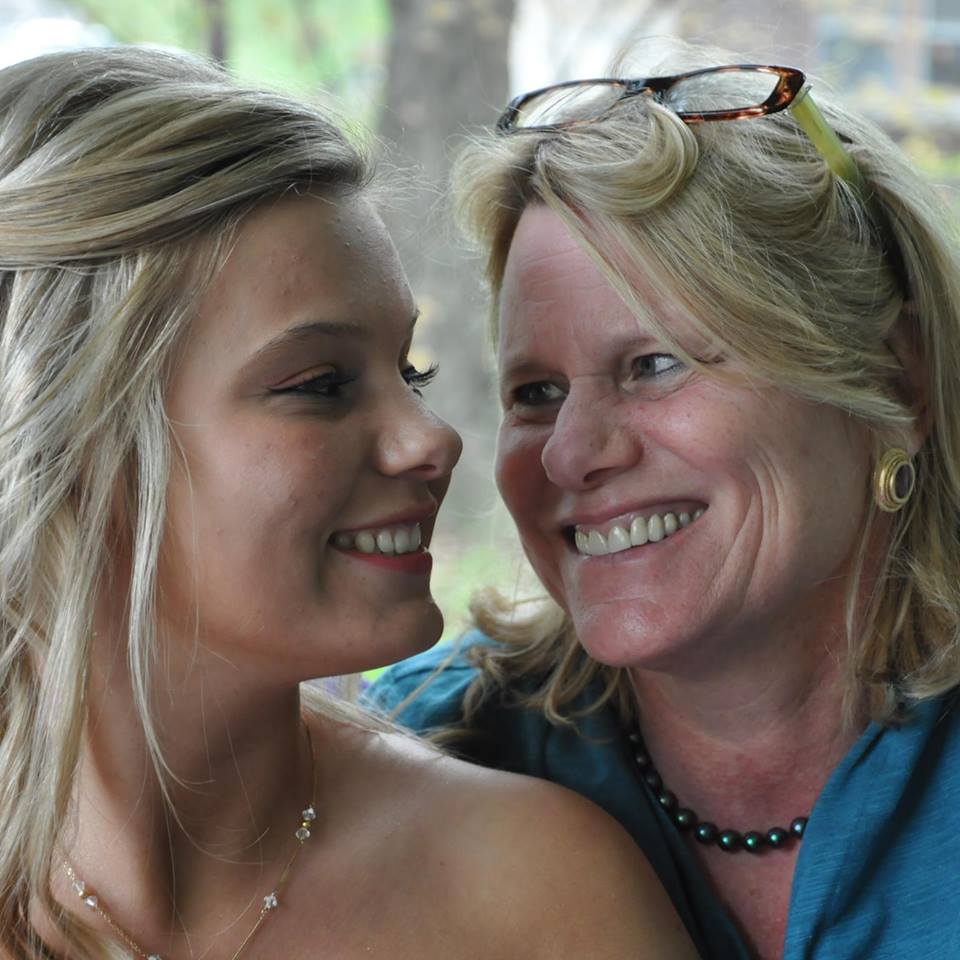 We took a few minutes to ask Susie about "summer slide" and any tips she might have for our readers--be you fans and supporters from afar, grandparents checking on your child at camp, or one of our many local followers dedicated to providing well-rounded educational experiences for your children. Here's a quick note from our co-director:
We took a few minutes to ask Susie about "summer slide" and any tips she might have for our readers--be you fans and supporters from afar, grandparents checking on your child at camp, or one of our many local followers dedicated to providing well-rounded educational experiences for your children. Here's a quick note from our co-director: